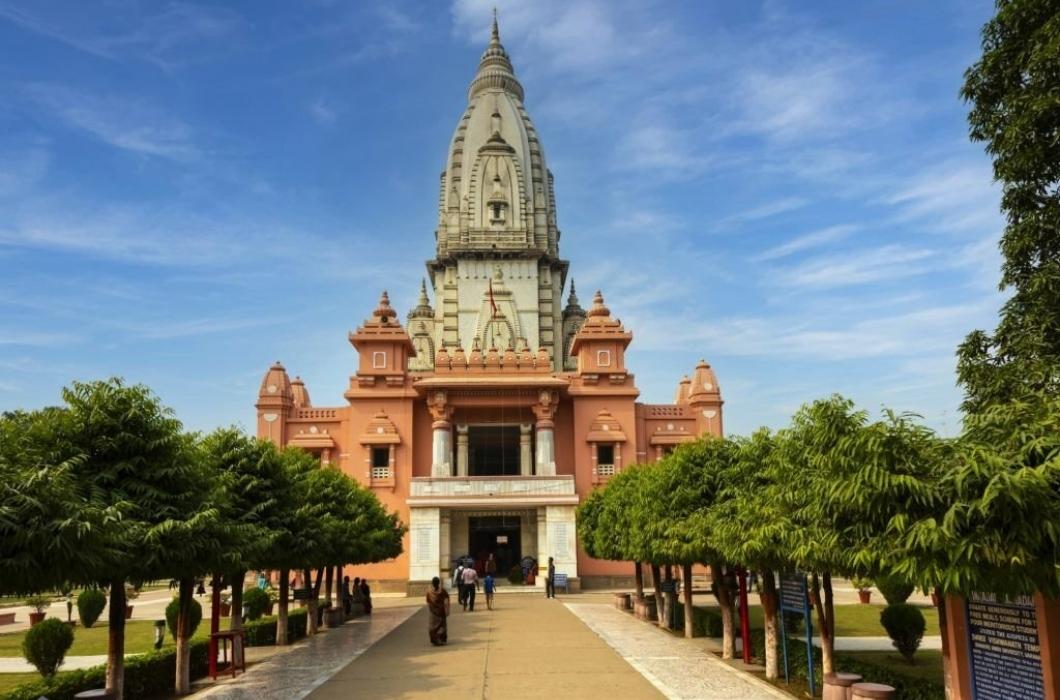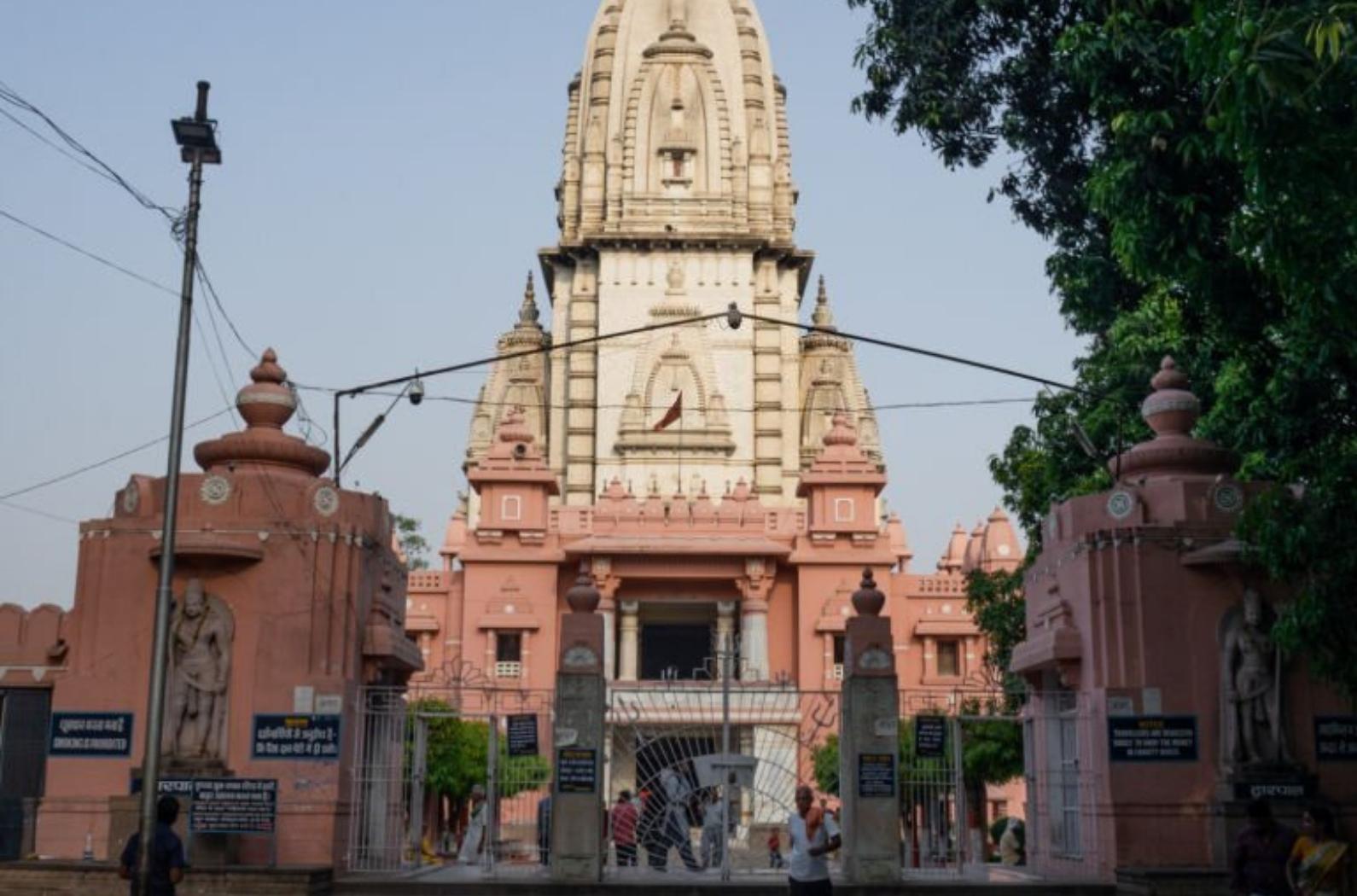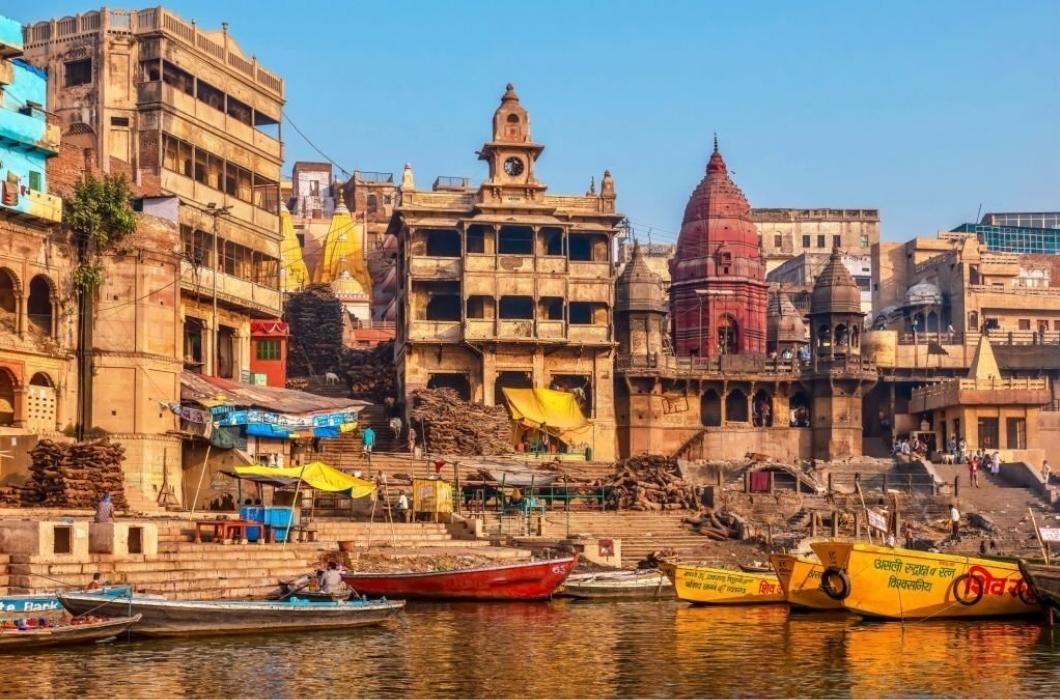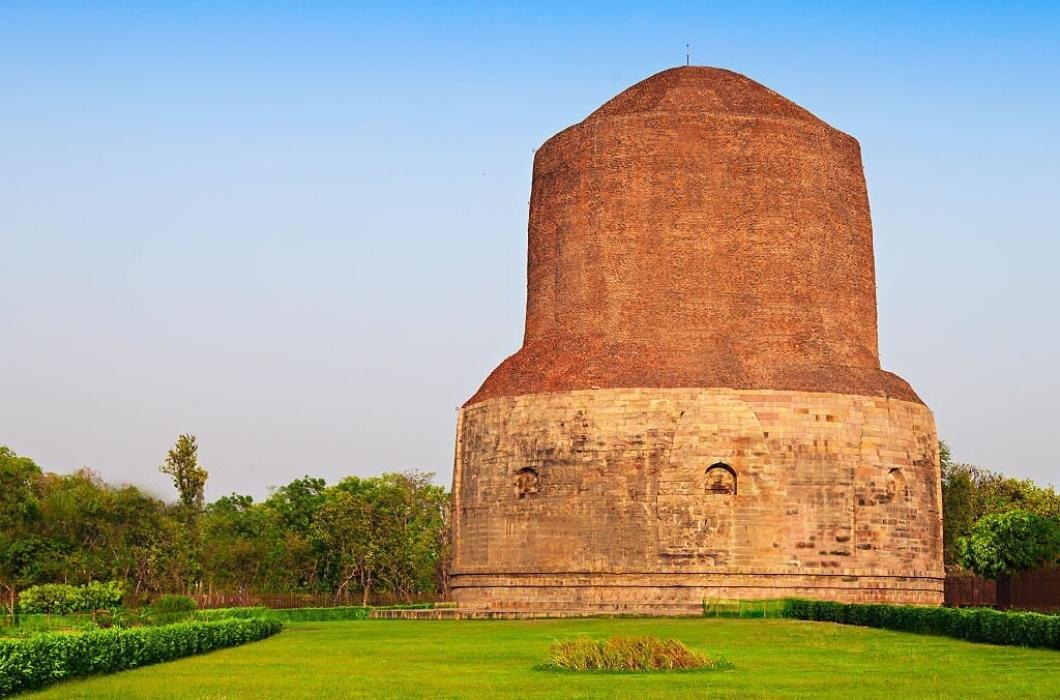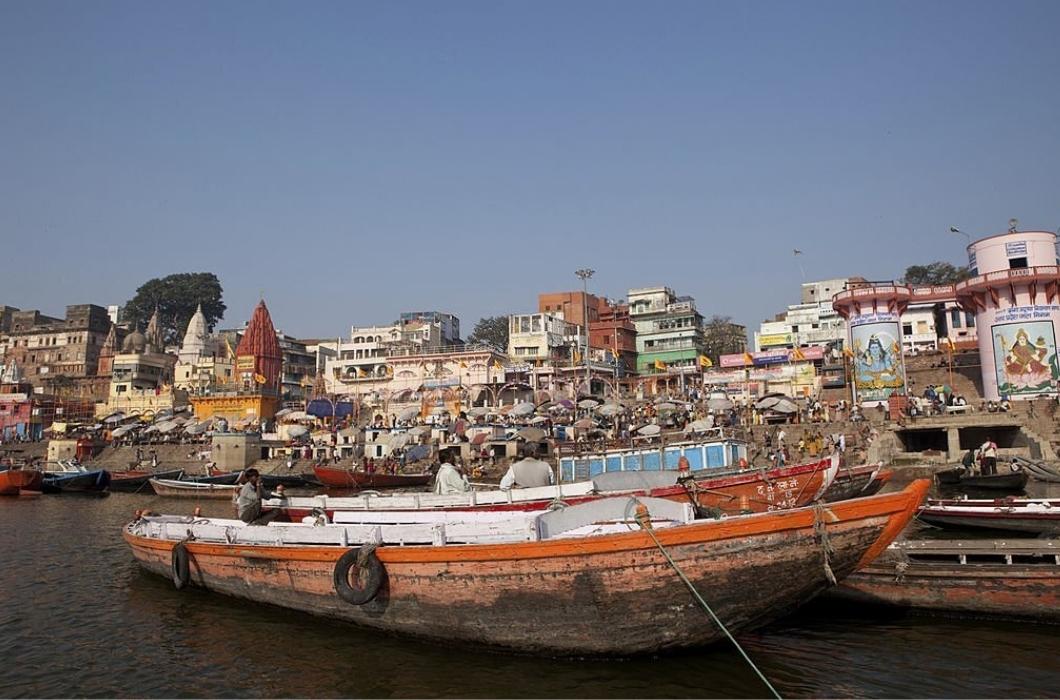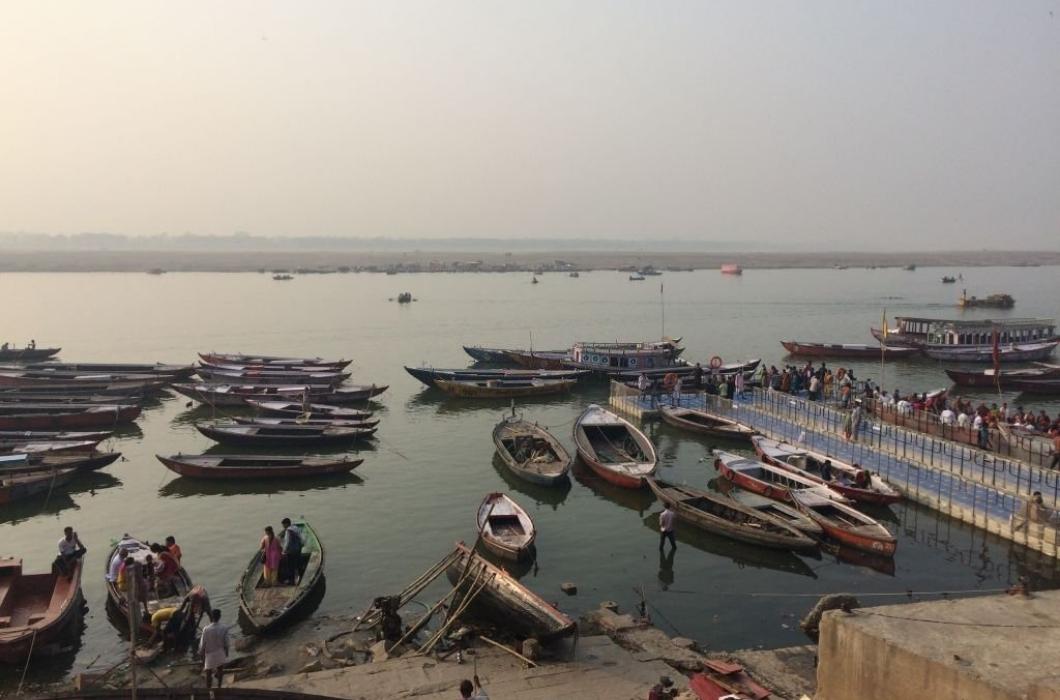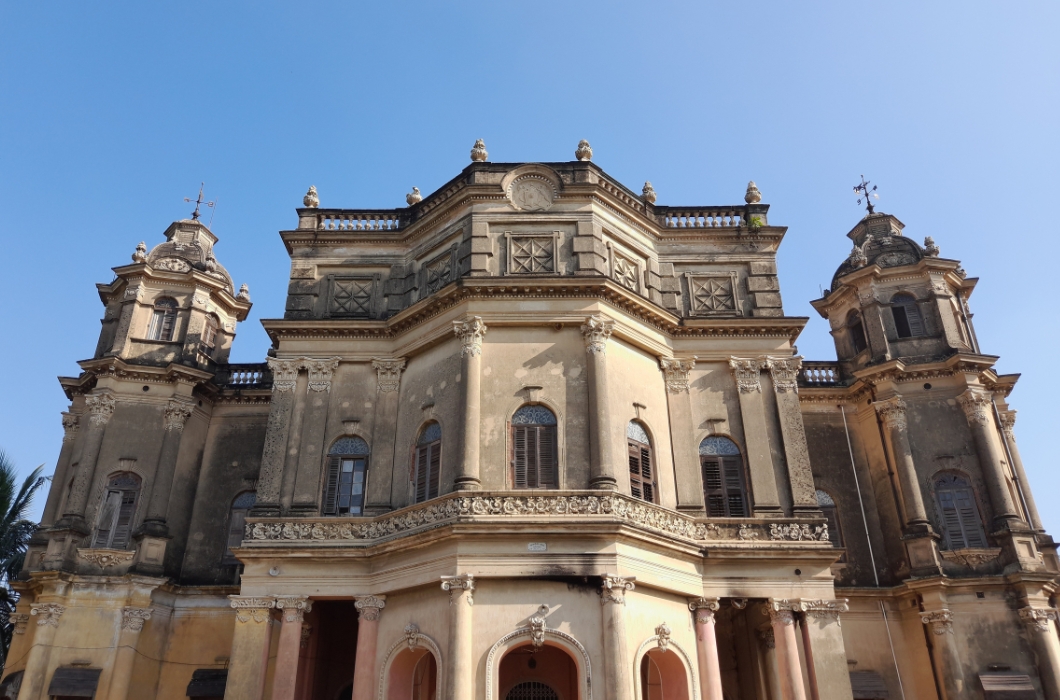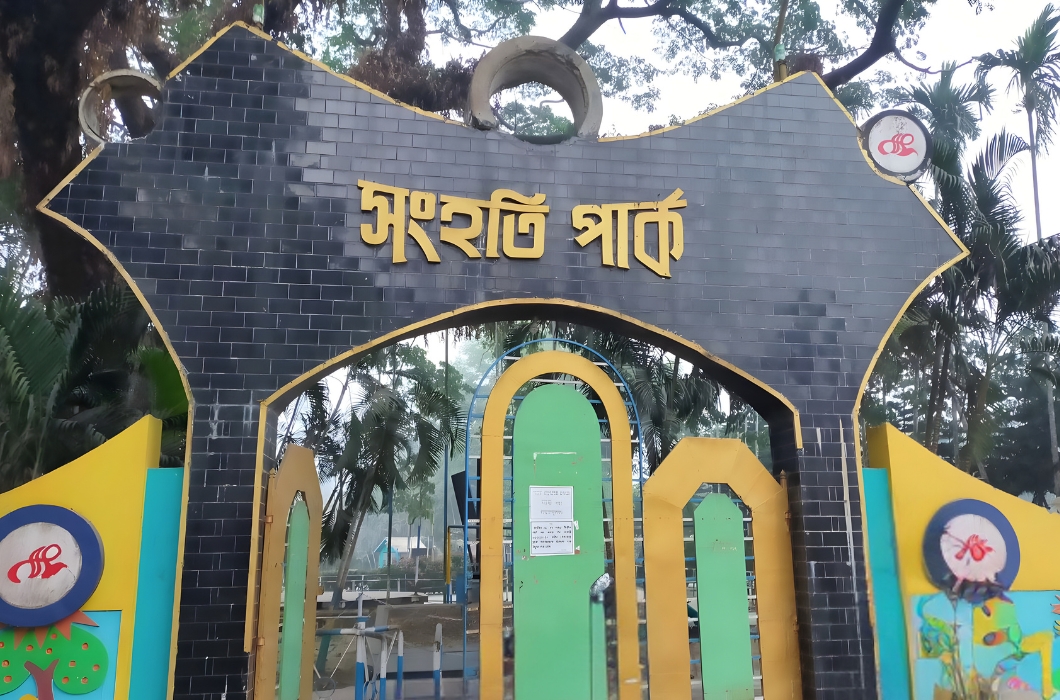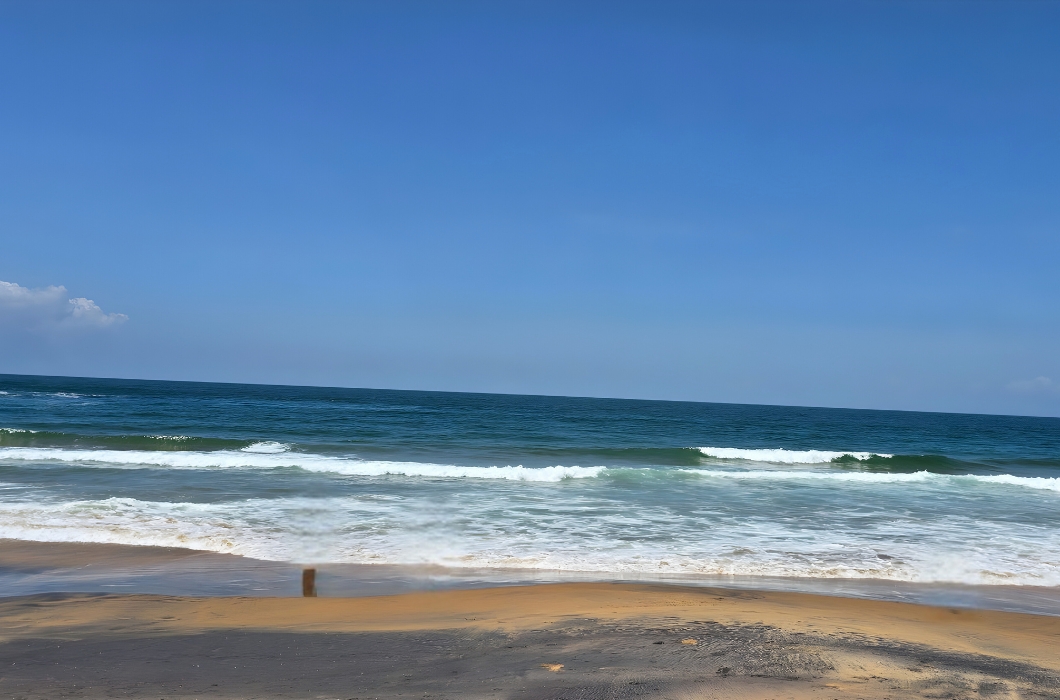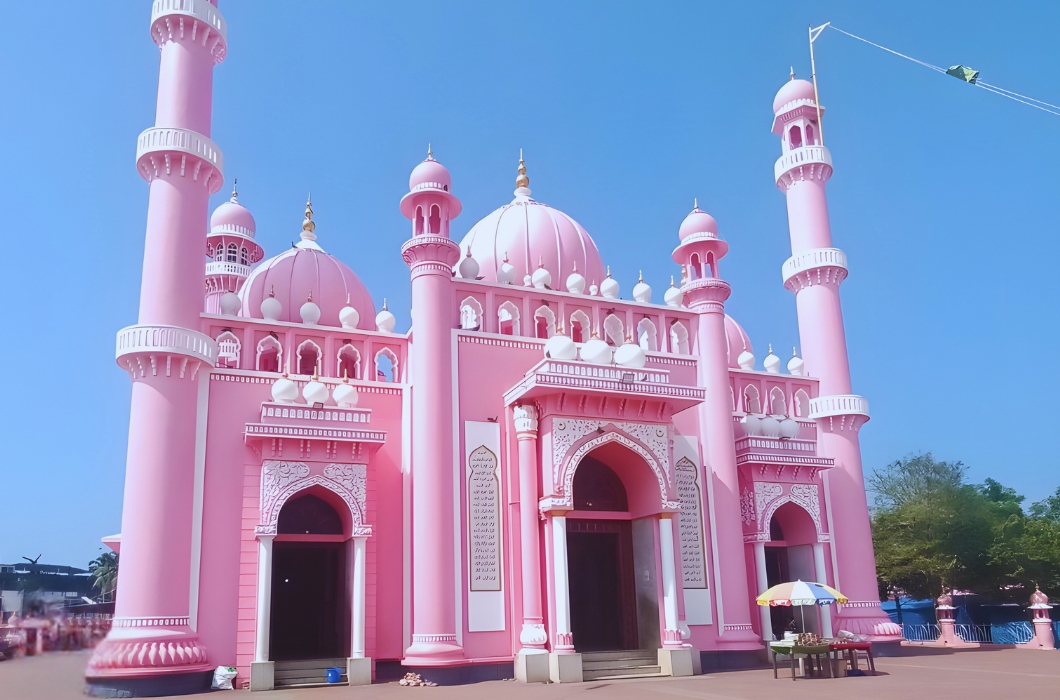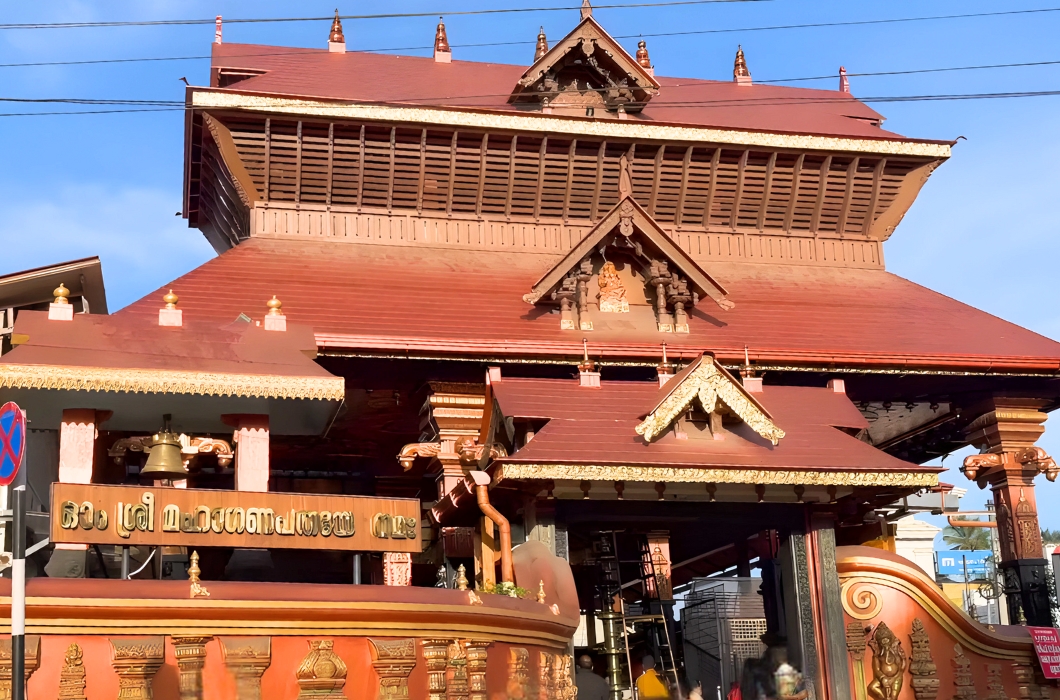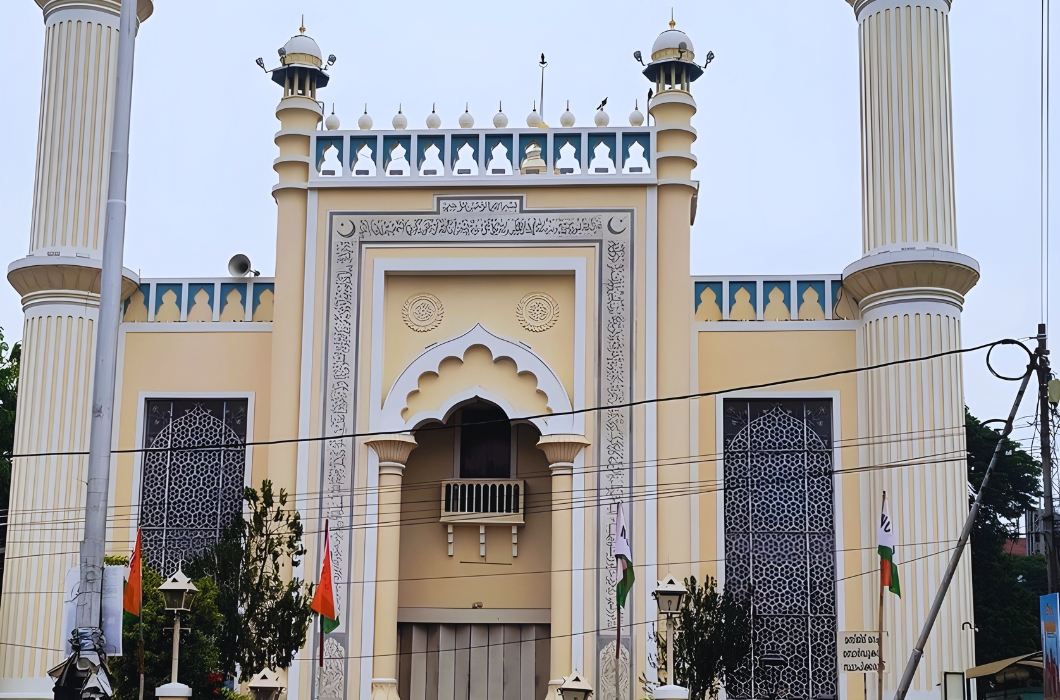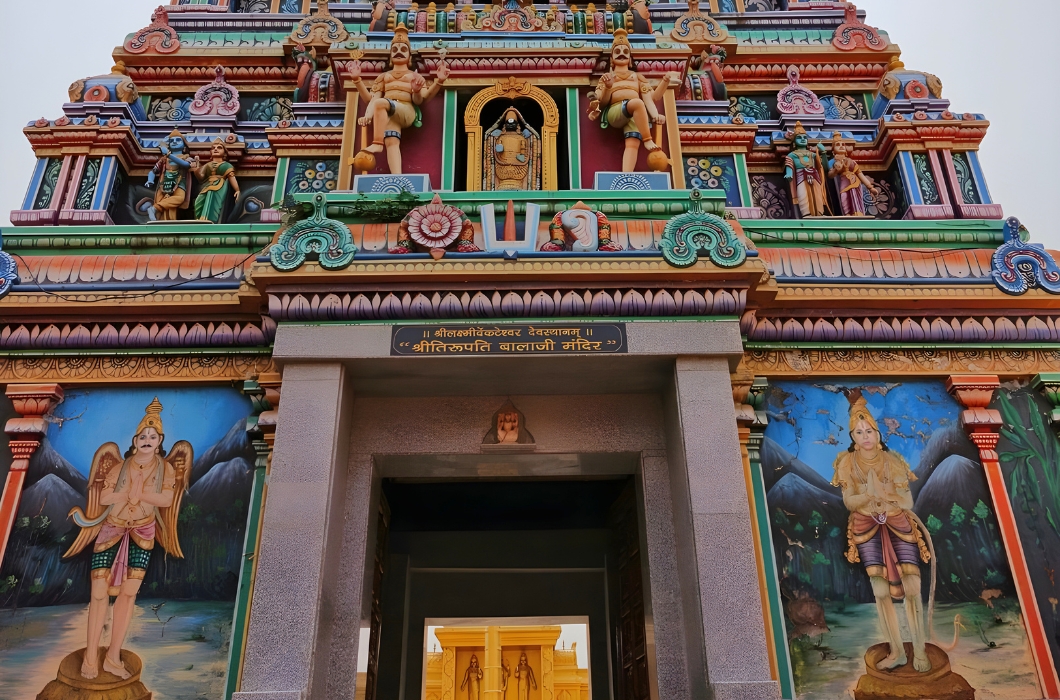Because of the Shiva Jyotirlinga, Kashi Vishwanath is famous. In the country, it is one of the 12 most famous jyotirlingas. It is located in Uttar Pradesh in India, in Vishwanath Gali of Varanasi. In the 18th century, the present Kashi Vishwanath Temple was built by Rani Ahilyabai Holkar of Indore, immediately to the south of the mosque. Over the decades it has emerged as one of the major and revered centers of Hinduism. The main deity is known as Sri Vishwanath and Vishveshwar which literally means Lord of the Universe. In ancient times Varanasi was called Kashi, and hence the temple is popularly called Kashi Vishwanath Temple. In the Shaiva culture by Hindu scriptures, the temple is considered a central part of worship. It was demolished several times by many Muslim rulers, most recently by the sixth Mughal emperor Aurangzeb, who built the Gnanabapi Mosque in its place. By the Maratha ruler, the current structure was built on an adjacent site, Ahilyabai Holkar of Indore in 1780. In the government of Uttar Pradesh, the temple has been managed since 1983.
Share On Social:
Facebook
Twitter
Pinterest
WhatsApp

